The 1955 Lincoln Futura sold at Barrett-Jackson as the Batmobile for an astonishing $4.2 Million in 2013! But before the car was sold to George Barris for $1 and transformed into the Batmobile, it was a significant star in its own right.
In 1954, Ford’s Lincoln division wanted to set the world on fire with a bold, exciting, and futuristic concept car to put the brand on the map. The designers sent a full-size mockup of the Lincoln Futura, a Lincoln Continental Chassis, a 368ci Lincoln engine, and the rest of the drive train to Coach-Builder Ghia in Turin, Italy. The metalworkers of Ghia crafted the body for $250,000 (over 2.3 million dollars today) and later that year the Lincoln Futura rolled onto the world stage finished in Pearlescent Frost-Blue/White paint and white and blue leather, the car was officially unveiled at the 1955 Chicago Auto Show.
 |
| 1955 Chicago Auto Show |
Check out the original Lincoln Futura press release below.
The most revolutionary car to appear on the American road in the past decade was revealed at the Chicago Auto Show, January 8 to 16, 1955.
Designed and engineered by the Lincoln division and the engineering staff of Ford Motor Company, this latest development in automotive design–is an experimental car from which the Lincoln division will be able to garner valuable engineering data and test public reaction to the styling innovations.
The Lincoln Futura can and will be driven. It will be utilized as a laboratory on wheels and will be subjected to all the hazards and conditions of road testing.
A special experimental Lincoln chassis and full-size plaster body casts were built and sent to the Ghia Body Works at Turin, Italy, along with complete blueprints and detailed specifications. Ghia fabricated the body and mounted it to the chassis and shipped the Futura direct to Chicago in time for its world premiere at the Auto Show.
Almost 19 feet long and seven feet wide, the Futura is only 52.8 inches high. Its blue-white pearlescent body is topped by twin, clear plexiglass domes or canopies over its two bucket-type seats, and it has broad rocket-like rear quarter panels. The upper half of each scoop will direct air into an air conditioning system and the lower half into air-cooled rear brakes.
An oblong bumper grille assembly, the ultimate in this styling feature originated by Lincoln, characterizes the front-end appearance, while the forward thrust imparted by the canted headlamps is further emphasized by the raked-back angle of the rear quarter panels.
Exterior door handles are concealed to preserve the line of the sculptured sheet metal. As the door is opened by the flat hinged door handle the center section of the Plexiglas canopy pivots so that the passenger may step into the car in an almost erect position. When the door is closed the canopy locks back into place.
There are no windows to open or close. A fresh air intake between the twin Plexiglas canopies supplies the necessary ventilation, with outlets through gill-like openings on the rear deck lid.
A circular radio aerial combined with an “audio approach” microphone is mounted on the low, flat rear deck. The microphone picks up and amplifies the sound or horn signal from any car approaching from the rear. Because of its extremely low silhouette, some of the basic engine components, such as carburetor and air-cleaner, have been modified. Better cooling is provided by dual fans and a reserve cooling tank just over the top of the engine. Interior styling compliments the exterior in its simplicity of line, combining black leather, blue-white leather, and chrome trim.
Instruments are located in a steering column binnacle. Concealed controls are set into compartments in the lower section of a two-tone instrument panel and covered by flexible roll-type doors when not in use. Only necessary indicators such as clocks, compasses, turn signals, and transmission indicator lights are in view. Warning lights for fuel, battery, and temperature are located in the upper part of the binnacle, and the speedometer in the lower half. The tachometer and odometer are centered on the steering column.
The upper section of the instrument panel is covered in black leather and the lower section in blue-white pearlescent. Underneth the surface of the panel extends almost to the floor before flaring out into the heater openings on each side. The steering wheel is black with chrome squares on the black surface, and dropping from the arms are two jet pods for turn indicator controls, Side panels emerge from the instrument panel, making a unit tied together with a built-in armrest. Seats are made of foam rubber with white leather bolsters and pleated black leather inserts.
A functional pedestal divides the two seats and contains an ashtray and push buttons for the Lincoln Turbo-Drive automatic transmission and for the power seat. Provision is made for a telephone to be set into a chrome panel on the back of the pedestal. The rear part of the pedestal is a foam rubber armrest.
Transmission buttons are different sizes for each year. For safety, the parking gear control is linked with the roof controls so that if the roof section is raised the car cannot move. The Futura has many features offered in today’s Lincoln–power steering, power brakes, a four-way power seat, ball-joint front suspension, dual exhausts, and an automatic starter.
The car toured several other shows for the following years before being called upon for a starring role in the 1959 Film It Started with a Kiss, starring Debbie Reynolds and Gleen Ford.
 |
| Promotional Photo for It Started with a Kiss |
Lincoln Futura, Fabulous Car of Future, Makes Debut in MGM Film.
“One of the most talked-about stars of the new movie season has a shape like no other–and a reputation for being fast that won’t be equaled for years to come.
The sleekest of model, there’s nothing standard about her equipment and she’s way ahead of her time With dimensions that pale those of run-of-the-mill glamour girls, she measures 19-7-52.8 (length-width-height) and tips the scales near the two-ton mark.
The new star is an automobile, called the Lincoln Futura. A car of tomorrow developed at a cost of hundreds of thousands of dollars by the Ford Motor Company, it was loaned to play a major part in the new movie, describing the hilarious misadventures of a couple in Spain after winning the most fantastic automobile ever designed.
Movie stardom, however, wasn’t foreseeable in the Futura’s future when she first saw the light of day on a drawing board in Detroit. She was initially destined to be an experimental vehicle, conceived to test public reaction to her rocket-age styling and to furnish important engineering data compiled through her advanced mechanical design.
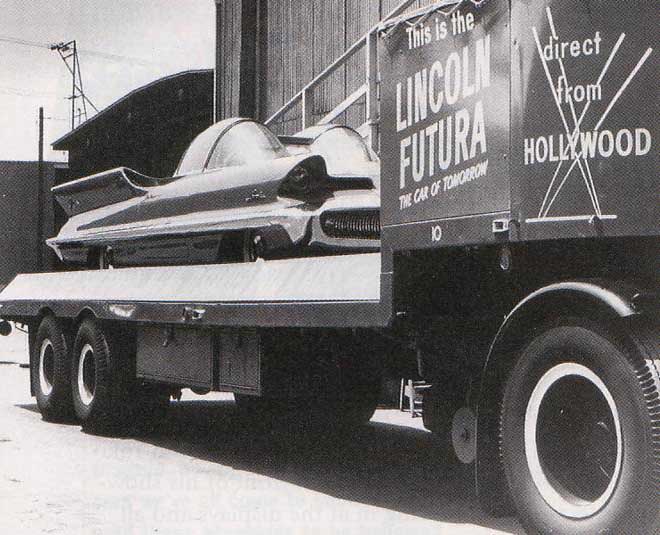
When Hollywood producer Aaron Rosenberg set about casting “It Started With A Kiss,” however, her drive to film fame began. Rosenberg needed the most luxurious car in existence. Rumors about the Futura reached him. Fifteen color photographs and ten cross-country telephone calls later, negotiations took place, agreements were reached, contracts were signed–and a star was born.
Like many newcomers to the film capital, Futura was given a screen test. Only one flaw, cinematically speaking, was found in her smooth performance. It seems, to be more CinemaScopically appealing, she needed a dye job.
Originally a pearlescent, frost-blue white, painted with a lacquer made from the distillation of fish scales, she became more photogenic when painted red. Thus it was as a lustrous, low-silhouetted, double-bubble top vision in Vermillion that she arrived in Spain for location sequences filmed in Madrid, Granada, Seville, Barcelona, and Segovia.
The plot of “It Started With a Kiss” called for the Futura to cause such commotion in Spain that international complications were exploded. It was also to provide the cause of the romantic fireworks set off when Sergeant Glenn Ford, with an expensive raffle-won car and base pay of $340, honeymoons with showgirl Debbie Reynolds, who still hasn’t forgiven herself for not marrying a millionaire.
Futura filled the bill as called for by the script. In fact, “the car caused such excitement while scenes were being filmed in Madrid streets that special government policeman had to be assigned to break up crowds which assembled against regulations.” From the 1959 M-G-M Press Book.
 |
| Original Concept Art |
 |
| The Car as it looked when Barris pulled it from storage |
Sometime after the film, Ford Motor Company sold the car to custom car builder George Barris for the sum of $1. However, the car ended up sitting in behind the Barris shop for years, that is until ABC called Barris looking for someone who could build a Batmobile for the upcoming TV series.
Because he only had three weeks to get a working car built for production, Barris and the team pulled the Futura from storage and built the iconic 1966 Batmobile. Barris built three more Batmobiles for production and promotion, fiberglass bodies on a 1966 Ford Galaxie chassis.
Looking at the Futura converted into the Batmobile you start to notice all the subtle changes Barris and the team made. The hood scoop, front grill, and rear wings were shaped to resemble a bat wing. He removed the pop-open canopy, added some massive exhaust tips pointed up, and, of course, added lots of great Batman tech like the rocket engine in the back and the Batphone.
Photos Courtesy of Barrett-Jackson, Ford Archives, and MGM

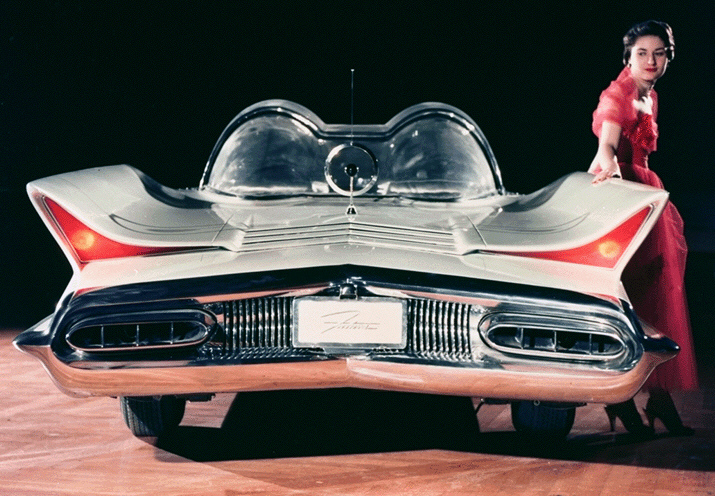


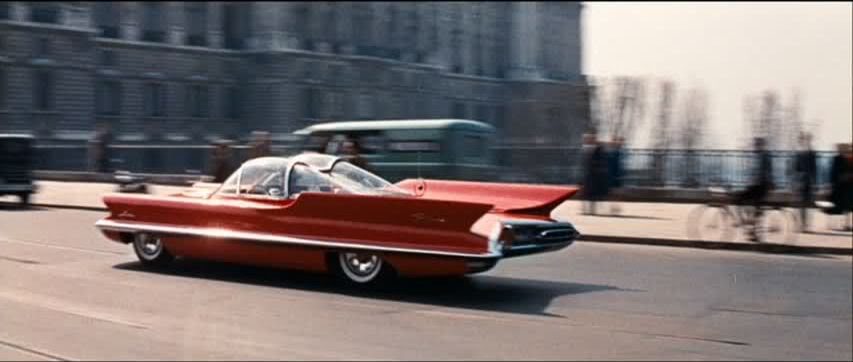





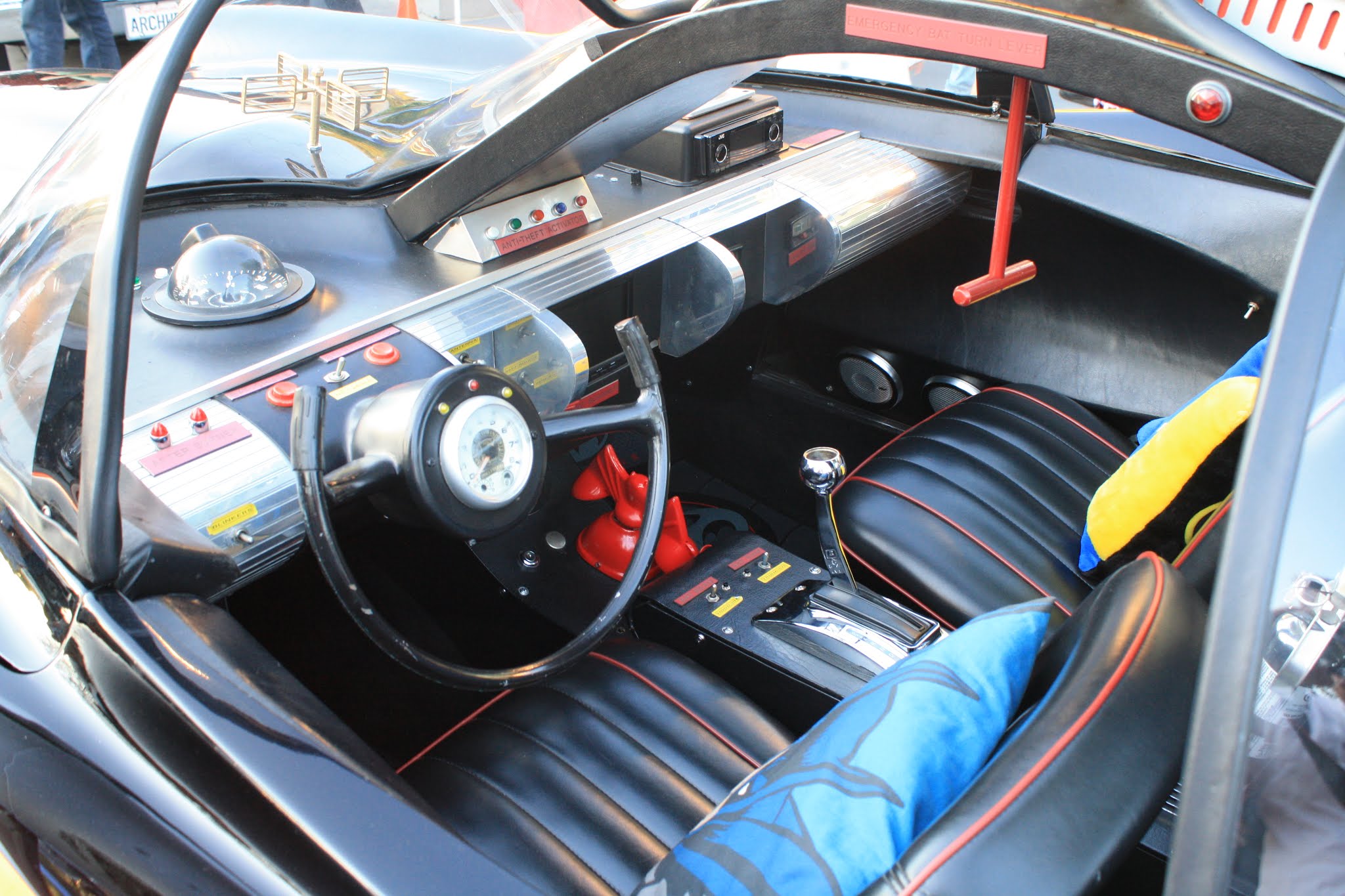

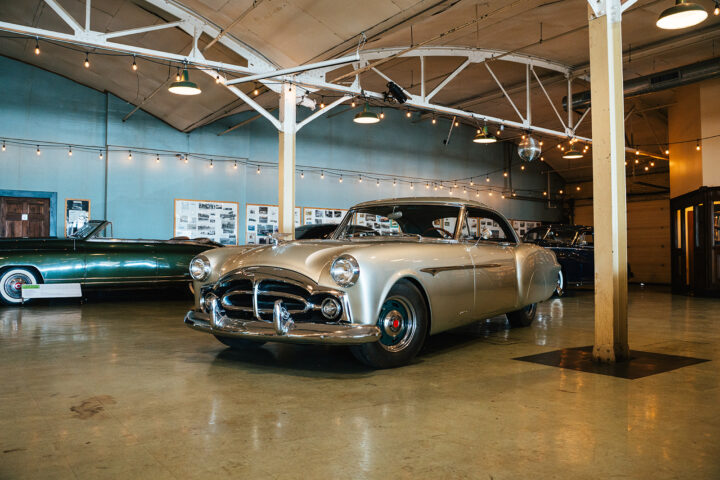
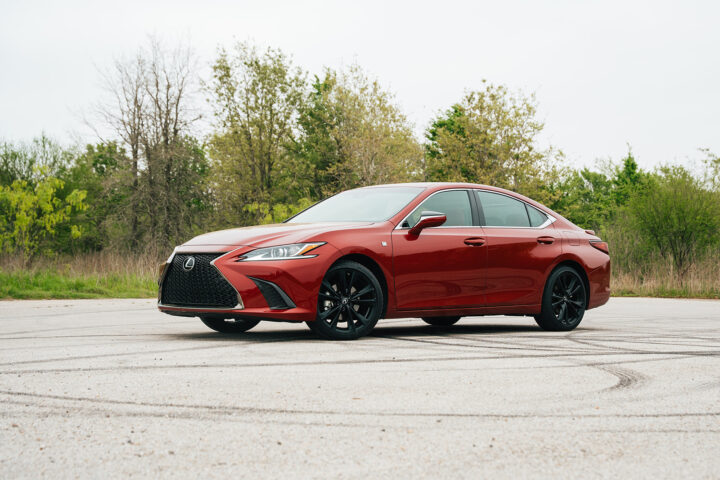
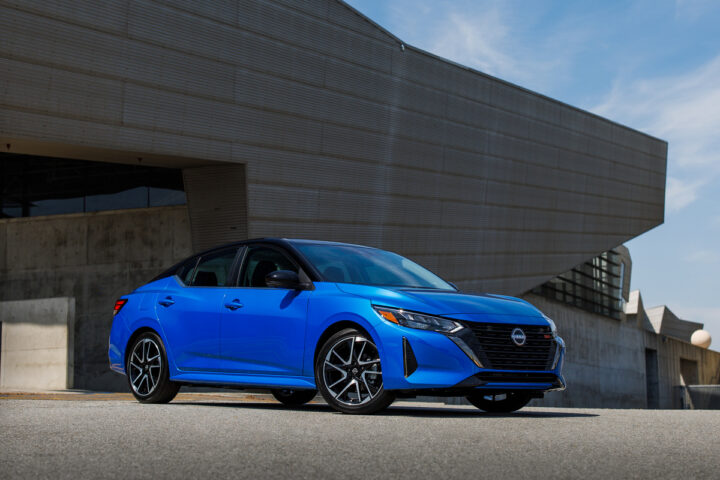

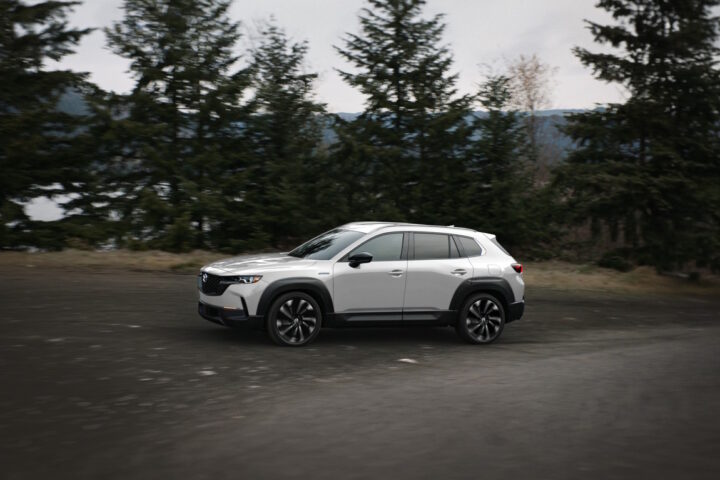
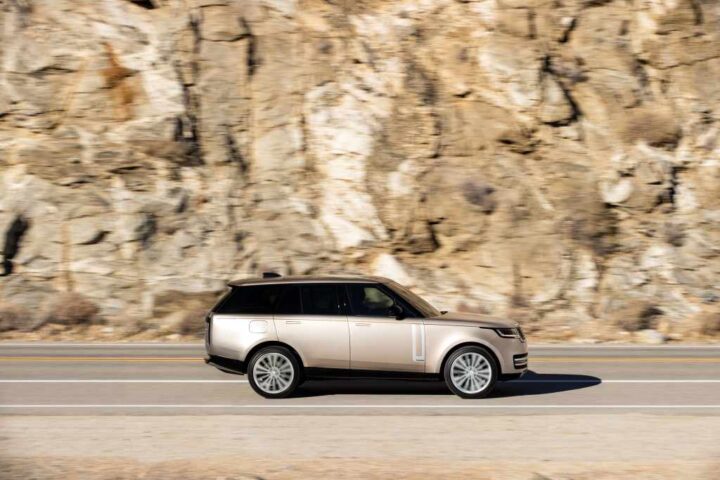
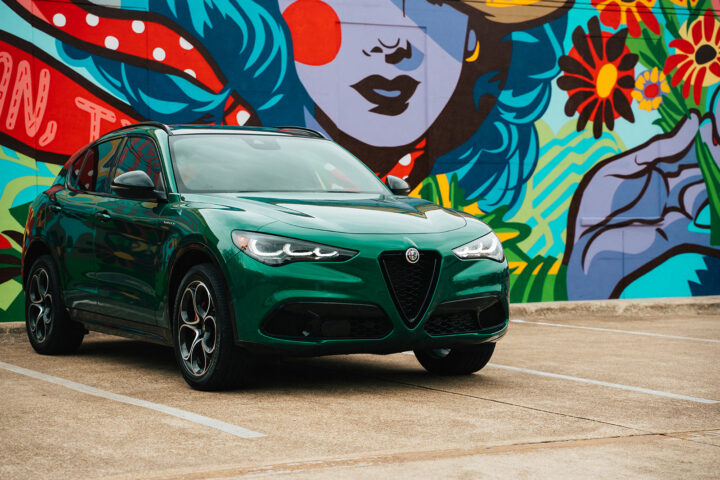
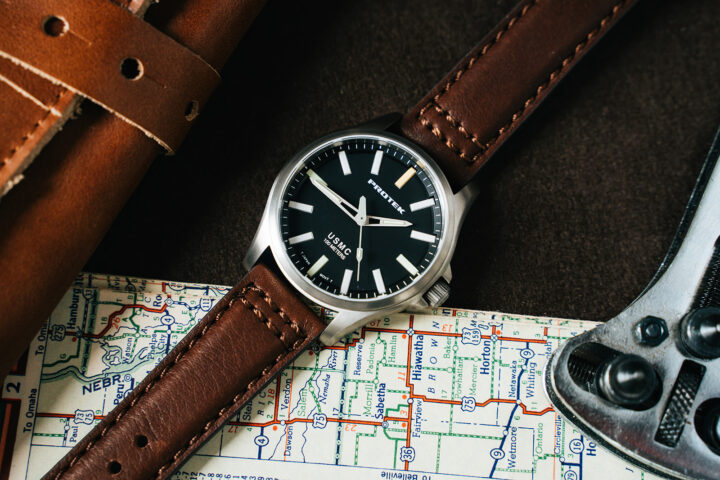
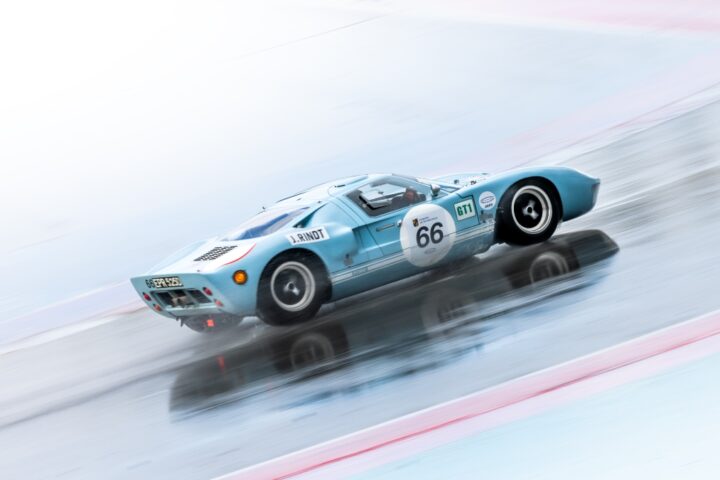
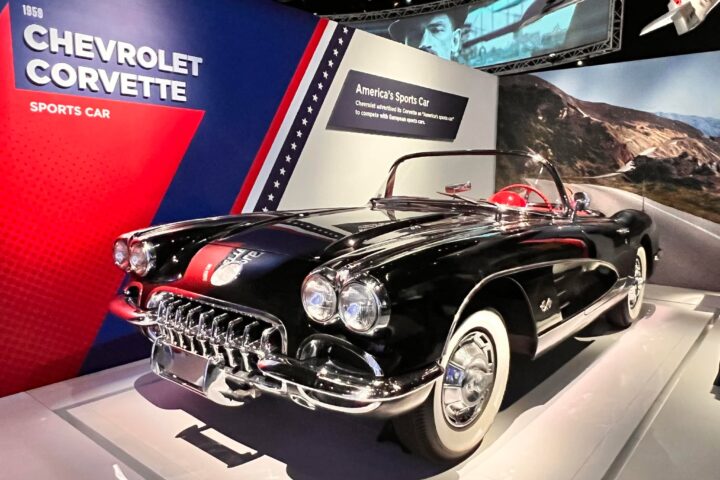
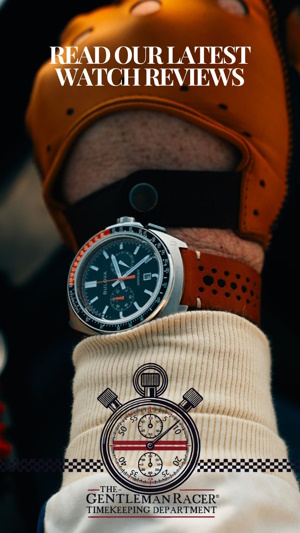

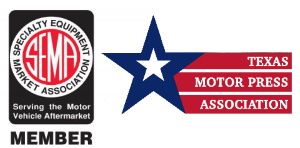
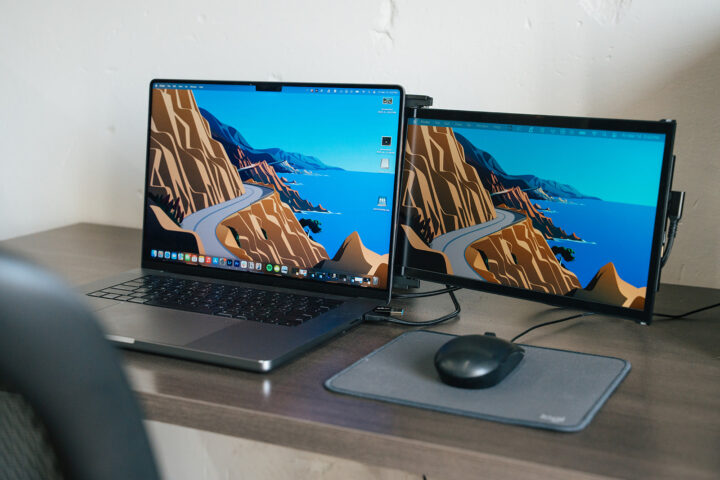
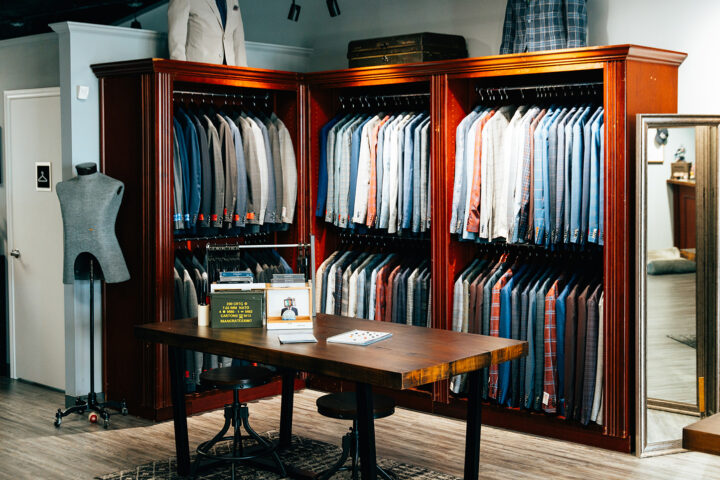
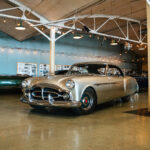
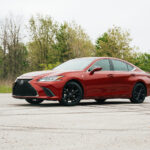
It was way better before Barris butchered it.
Such an amazing history of this car, I never knew it was a concept, I thought it was built from scratch for the show.
Back when Lincoln was cool
Wish they still built concept cars like this.
That car looks amazing before.
Make Lincoln Great Again!
What a cool bit of automotive history
Such a super cool story, prefer the original.